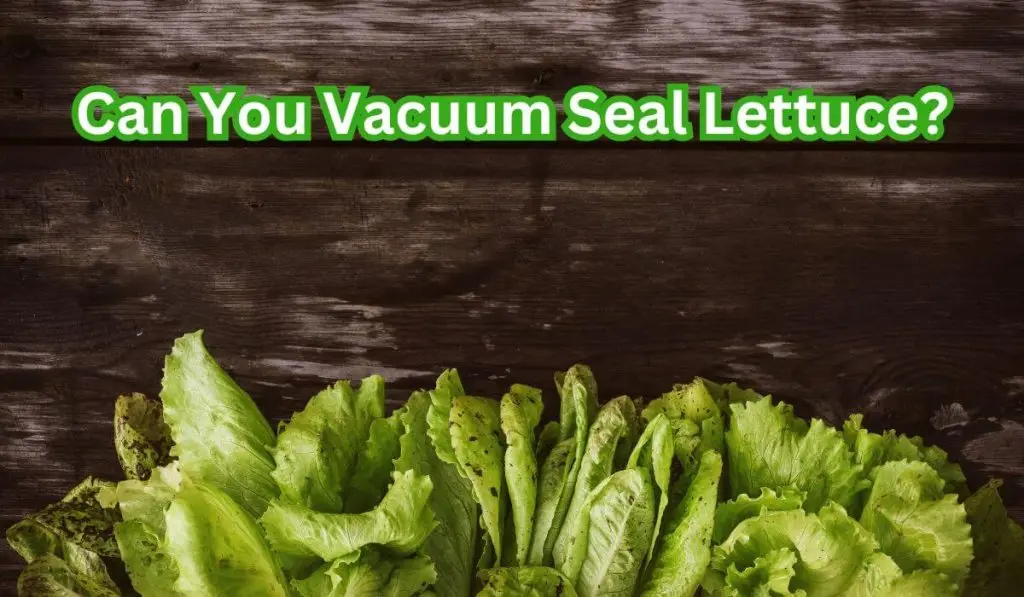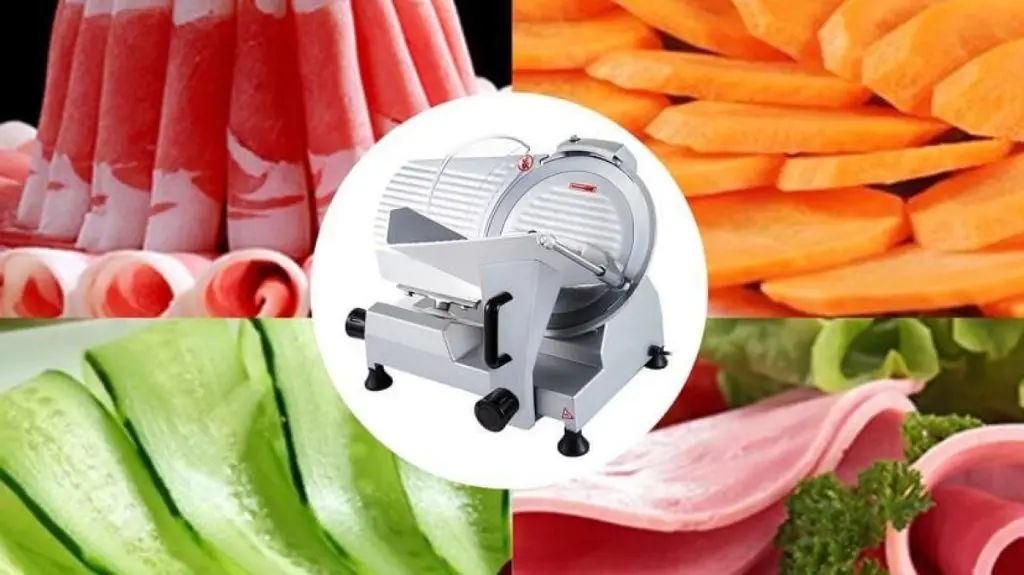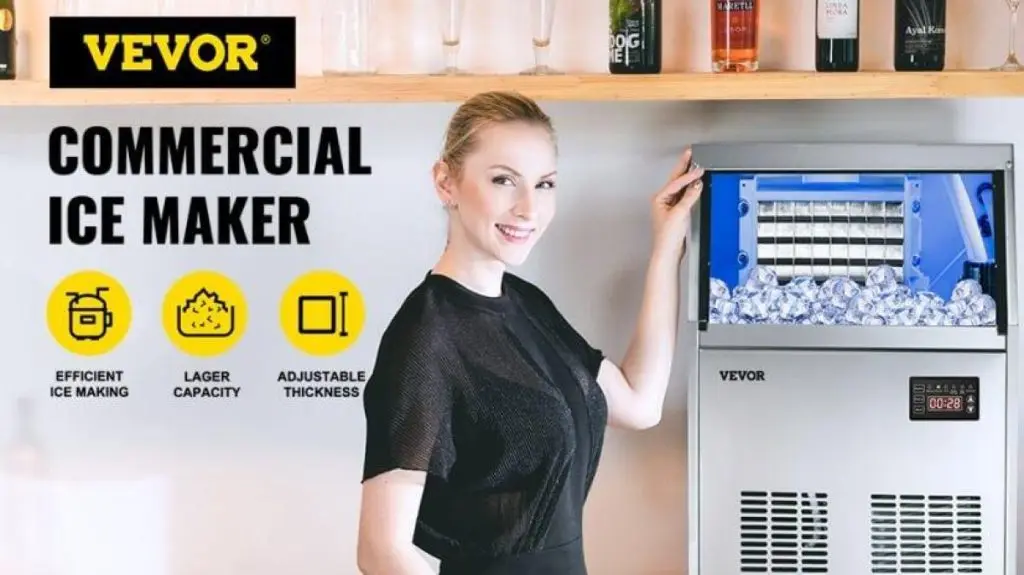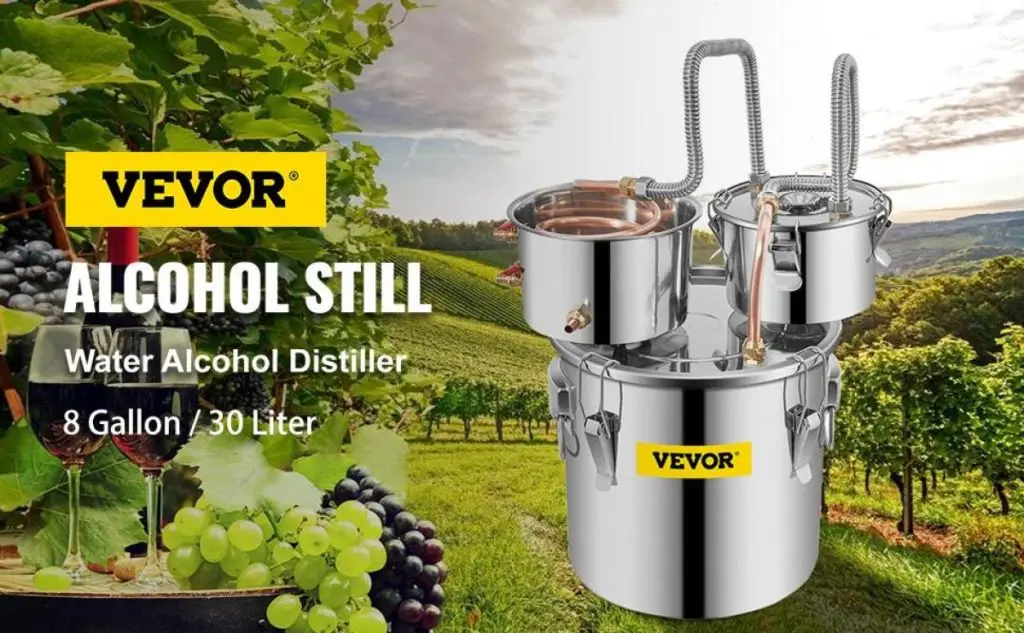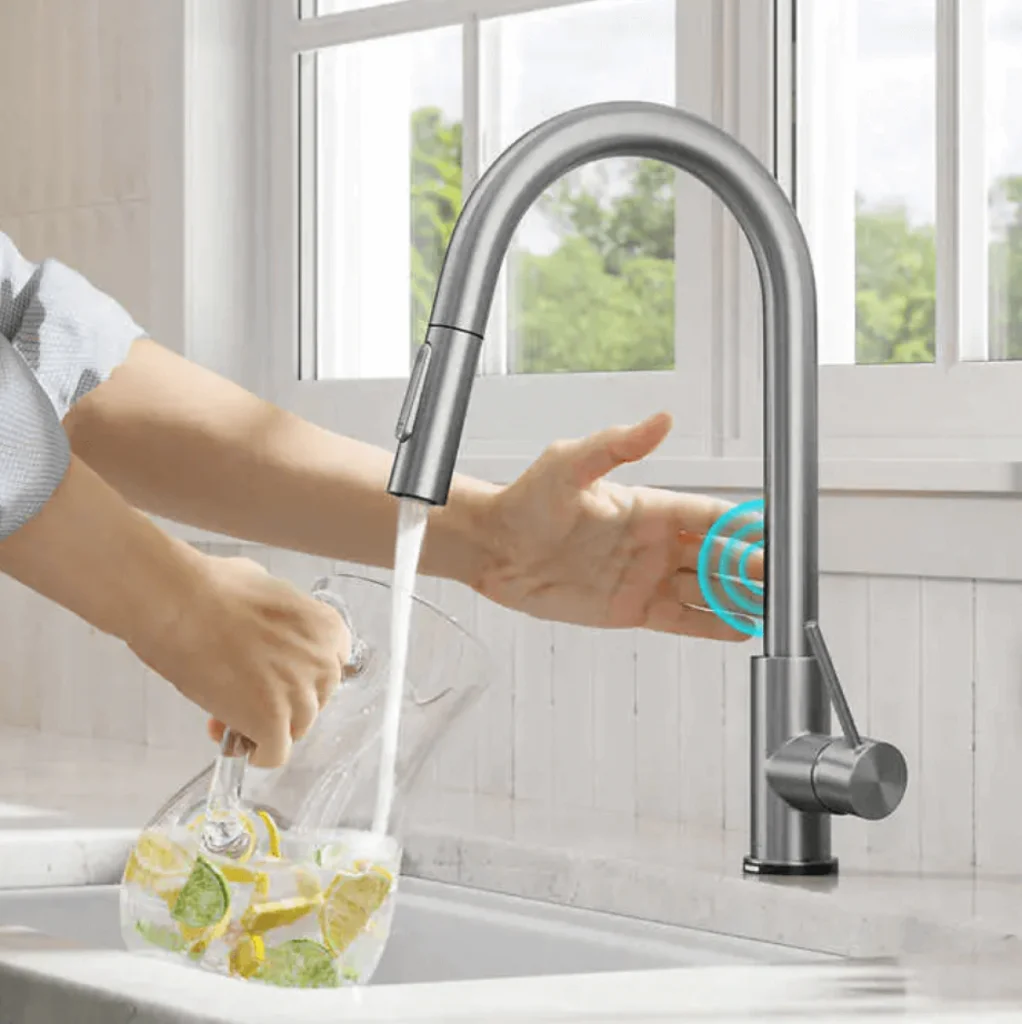Trying to incorporate more veggies into your diet?
I know it’s next to impossible. Going to the trouble of visiting your local farmers’ market every other day is just too much. I often end up quitting my healthy diet goals in a week or two. But not this time. I’m not quitting, and neither are you, because I have found the perfect solution—vacuum sealing.
Vacuum sealing vegetables is simple and straightforward: prepare them, put them in a vacuum sealer bag, and create a magical vacuum seal. That’s it. You have to extend your veggies’ shelf life. But when it comes to vacuum sealing lettuce, things get a bit tricky.
But worry not. In this article, we are going to talk all about vacuum sealing lettuce:
- Can You Vacuum Seal Lettuce?
- How Long Does Vacuum Seal Lettuce Last? (100)
- How to Vacuum Seal Lettuce? Step-by-Step Guide
- Practical Tips for Successfully Vacuum Sealing Lettuce
- VEVOR Vacuum Sealer–Perfect Preservation Partner
- FAQs About Vacuum Sealing Lettuce
So, let’s get started!
Can You Vacuum Seal Lettuce?
Absolutely! You can vacuum seal lettuce to extend its shelf life.
While it is widely believed that vacuum sealing soft produce such as lettuce will not work—ruin its texture and flavors—it is not the case. No doubt, when it comes to vacuum sealing soft veggies and fruits, you have to be extra cautious with the vacuum sealing process, but you can effectively vacuum seal them.
Vacuum sealing lettuce goes well beyond extending the shelf life of your lettuce. Now, you no longer have to go the trouble of running to your local store to get your lettuce. Instead, you can vacuum seal your lettuce and store it in your fridge. While it might take you some time to replace your fast food with readily available vacuum sealed lettuce and salad, it definitely makes incorporating veggies into your diet a breeze.
Besides that, it also helps minimize your food wastage and save you money (with all the bulk buying).
How Long Does Vacuum Seal Lettuce Last? (100)
Lettuce normally lasts for about a week (10 days at max) in the fridge. But when properly vacuum sealed, it can easily last for up to 2 weeks in a fridge.
What actually happens is that by vacuum sealing, you remove all the air from the bag/container and create an airtight seal that keeps any air from entering the package. The lack of air significantly slows down the oxidation process, thereby extending the shelf life of the vacuum sealed lettuce and keeping its texture and flavors intact.
How to Vacuum Seal Lettuce? Step-by-Step Guide
Knowing that your vacuum sealing will help extend the shelf life of your lettuce, you can go ahead and buy lettuce in bulk. Here is how to vacuum seal lettuce:
Preparing
When purchasing lettuce, make sure that it is fresh. Before proceeding with vacuum sealing, properly wash the lettuce. Thoroughly rinse the lettuce until you are sure that there is no remaining debris or dirt.
To Cut or Not
You can vacuum seal whole heads of lettuce and individual leaves and even cut them into desired pieces. That said, sealing whole lettuce heads helps better preservation of nutrients, flavors, and texture. When deciding whether to cut or seal your lettuce whole, consider your personal preference and the kind of lettuce you are preserving.
Blanching
It’s not necessary, but blanching is imperative if you want the texture, flavors, and vibrancy of your vacuum-sealed lettuce to remain intact.
For blanching, consider dipping your lettuce in hot boiling water for a few minutes and then immediately dipping it in ice water. Then, take it out and dry it thoroughly using a paper towel.
You can also consider using a salad spinner.
Remember, moisture can impact vacuum sealing and could lead to premature spoilage.
Vacuum sealing
Now that you have prepared your lettuce put it into a vacuum sealer bag or vacuum canister.
Both vacuum sealer bags and canisters work fine for vacuum sealing lettuce. Still, if you are concerned about crushing your lettuce during the vacuuming process, you may want to use vacuum canisters instead of sealer bags.
Vacuum Sealing Lettuce in Canisters
Begin by adding prepared lettuce to the canister and put on the lid. Next, turn the knob on the canister to “vacuum” and attach one end of the vacuuming hose to the vacuum sealer and the other to the canister. Double-check if everything is in place and run your vacuum sealer.
Now that the vacuum sealer has removed all the air out of the canister go ahead and turn the knob on the canister back to “lock.’ Remove the hose from the canister and attach it to the next canister.
Vacuum Sealing Lettuce in Sealer Bags
When working with sealer bags, put the prepared lettuce into the sealer bag. For the sealer stripe to create an effective seal, ensure that there is ample space between the open end of the bag and the lettuce.
Next, place the open end of the bag onto the sealing strip and close it. Double-check if the sealer bag is perfectly aligned and run the vacuum sealer.
Storing Vacuum Sealed Lettuce
You can keep your vacuum sealed lettuce outside, in a fridge, and even a freezer. But know that the storing conditions will affect not only its shelf life but also its texture, flavors, and nutrient preservation.
To Freeze or Not
You can freeze your vacuum sealed lettuce, but know that you won’t be able to use it in your salad. While freezing lettuce will extend its shelf life to up to 6 months, it loses its crispy texture. What actually happens is that the water in the lettuce expands on freezing, rupturing the cell walls. So, when you thaw the lettuce, it will have a much softer texture.
So, only freeze vacuum sealed lettuce when you are planning on using it for soups, stews, and curry in place of spinach.
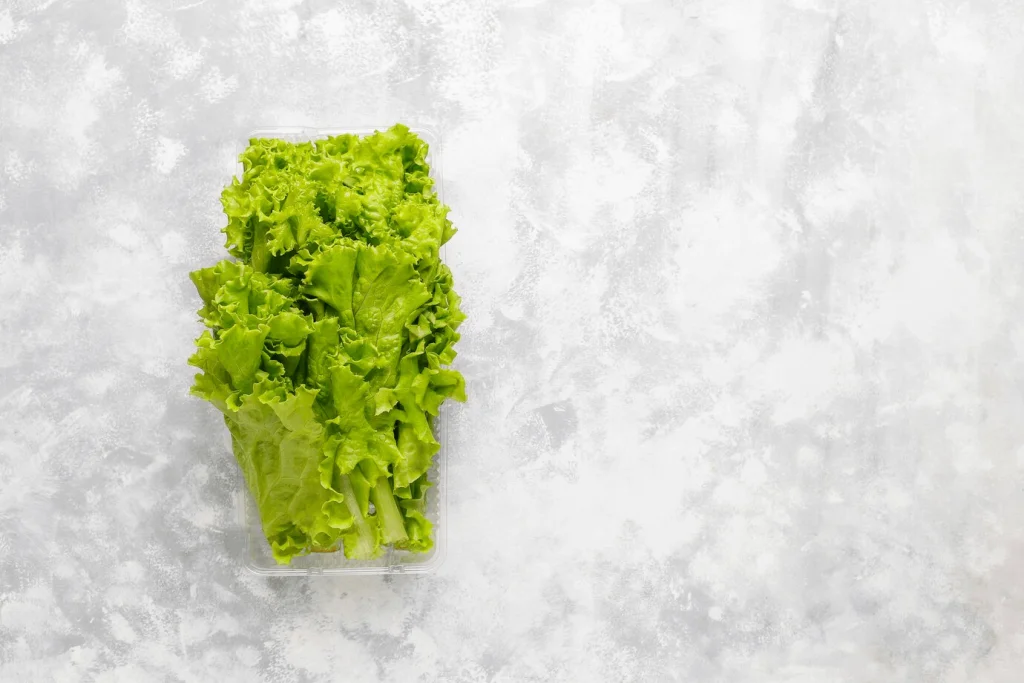
Practical Tips for Successfully Vacuum Sealing Lettuce
To help you towards the goal of perfect preservation, here are a few insightful tips on vacuum sealing lettuce:
- Always get the freshest lettuce. For best results, vacuum seal your lettuce when it is the freshest—do not leave it out for days before vacuum sealing.
- Always thoroughly wash your lettuce; you do not want the debris and dirt to ruin its taste or cause spoilage.
- Mind the dampness. Consider gently patting your lettuce dry with a clean kitchen towel or salad spinner.
- Blanch for perfect preservation. It helps ensure better vibrancy, flavors, and texture preservation.
- Label your vacuum sealed lettuce bags/canisters with the date of sealing and the type of lettuce. You do not want to keep it beyond its shelf life.
VEVOR Vacuum Sealer–Perfect Preservation Partner
Looking for an easy-to-use and affordable vacuum sealer?
Well, check out this Multifunctional VEVOR Vacuum Sealer. It is equipped with a powerful vacuum pump with an 80 Kpa maximum suction, perfect for sucking out all the air from your vacuum sealer bags. For creating the magical airtight seals, it features a 2.5 mm wide sealing strip. With its powerful vacuum motor and upper heating filament design, it is equipped to create vacuum and airtight seals effectively.
It is a very versatile vacuum sealer and features both moist and dry sealing modes as well as automatic and manual modes. Whether you need to create a vacuum seal or a simple seal, it has got you covered. It can also help with vacuuming your canisters and to marinate. This ultimate kitchen partner can help you vacuum seal all your favorite foods, ensuring nothing goes to waste.
It is very easy to use and has a highly intuitive display. You simply have to select the mode (dry or moist) and pressure level (normal or gentle—for soft foods such as lettuce) and run the machine after placing the sealer bag onto the sealing strip.
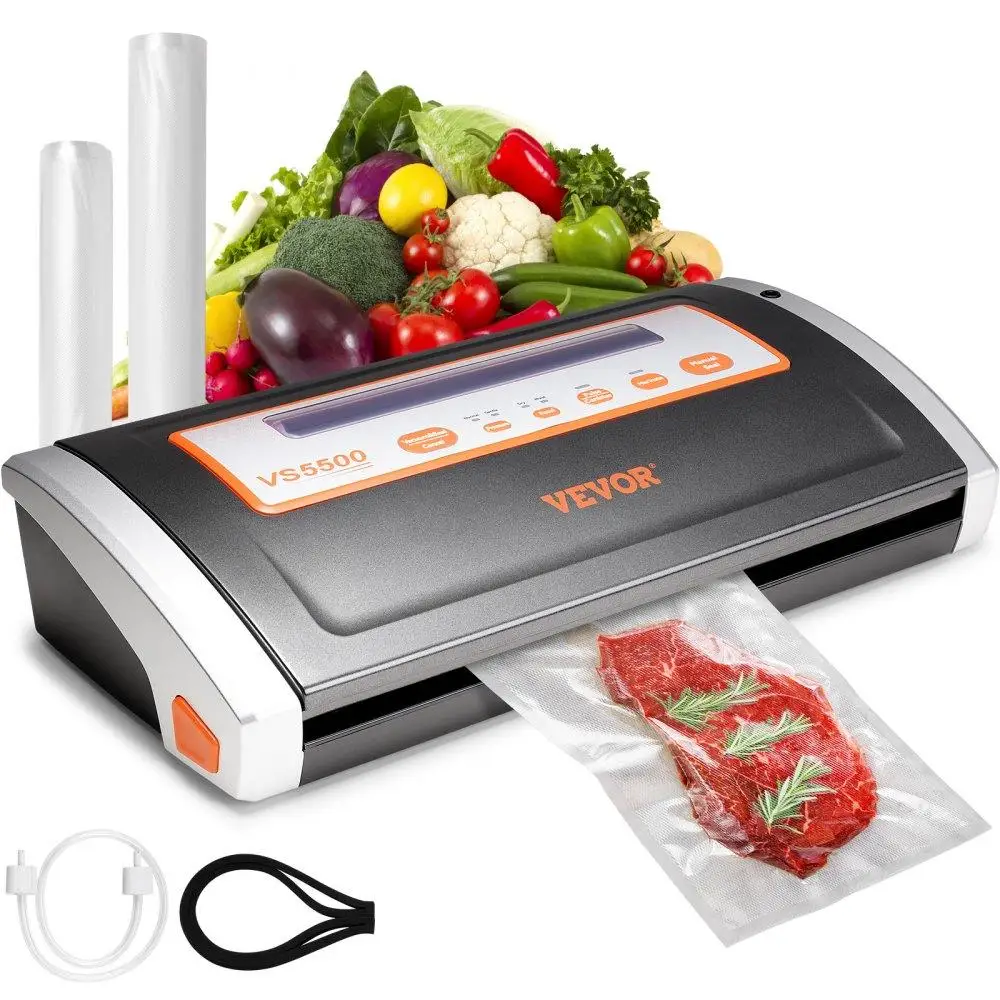
FAQs About Vacuum Sealing Lettuce
Q: Does sealed lettuce go bad?
While vacuum sealed lettuce has a longer shelf life, it will go bad over time. Vacuum sealed lettuce could last for about two weeks when kept in a refrigerator and about six months when kept in a freezer.
Q: Is a Vacuum Seal or a Plastic Bag Better for Storing Lettuce?
Vacuum seal is better than a simple plastic bag for storing lettuce. Vacuum sealing helps extend the shelf life of its and keep its flavors and texture intact.
Q: What type of lettuce is best for vacuum sealing?
Sturdy lettuce, such as Iceberg and romaine lettuce, are the best for vacuum sealing. They tend to hold up well during the vacuum sealing process.
Conclusion
So, there you have it—your solution to incorporating more veggies into your diet.
Now that you have learned the art of vacuum sealing lettuce, you might want to check out our guide on How to Vacuum Seal Tomatoes.
Before embarking on your vacuum sealing journey, you should know that your vacuum seals are only as good as your vacuum sealer. So, ensure that you get yours from a reliable brand, such as VEVOR, which offers a reliable and versatile collection of vacuum sealers.
Do not rush into ordering your vacuum sealer. Explore their collection and pick the one that best suits your needs.

